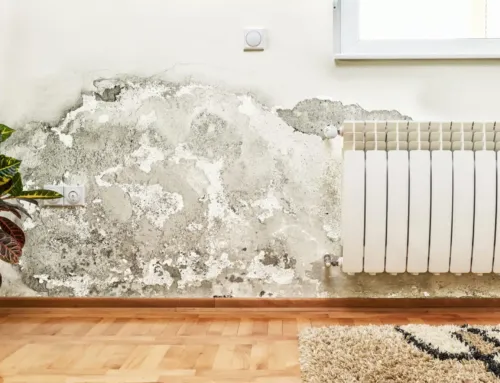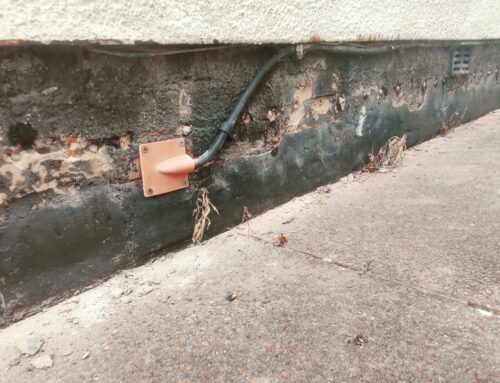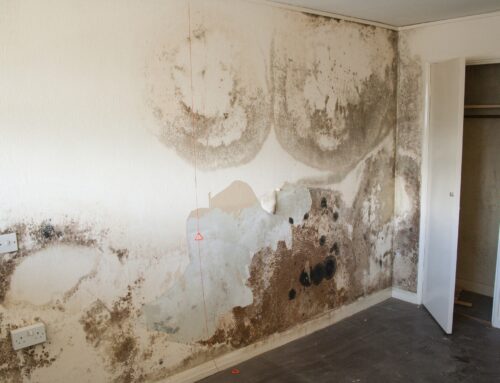Moisture-related issues can wreak havoc on buildings, leading to a range of problems like mold growth, deterioration of materials, and even structural damage. One effective method to combat these issues is through damp proofing plaster. In this article, we will explore what damp proof plastering is, how it works, and why it is essential for maintaining a dry and healthy living environment.
Damp proof plastering, also known as damp proofing plaster or damp-proof rendering, is a specialised technique used to prevent moisture from penetrating into the internal walls of a building. It involves the application of a unique plaster or render that acts as a barrier against water intrusion. By creating this protective layer, damp proof plastering helps to maintain the integrity of the walls and safeguard the building against damp-related problems.
The process of damp proof plastering begins by preparing the affected wall surface. Any loose or deteriorated plaster is carefully removed, and the wall is cleaned and dried thoroughly. This step is crucial as it ensures proper adhesion and effectiveness of the damp-proofing materials.
Once the surface is prepared, a damp-proofing agent or primer is applied. This agent acts as a sealant and improves the bond between the wall and the plaster or render. It helps to prevent moisture from seeping through the walls and ensures the longevity of the damp proofing system.
Following the primer application, a specialised waterproof or damp-proof plaster mix is used. This plaster contains additives such as water-repellent chemicals or waterproofing compounds, making it more resistant to moisture compared to standard plaster. Multiple layers of the damp-proof plaster are applied, allowing each layer to dry before the next one is added. This layering technique ensures a durable and robust finish.
Damp proof plastering is commonly employed in areas where rising damp, penetrating damp, or condensation are prevalent issues. Rising damp occurs when moisture from the ground travels upwards through the walls, causing damage and dampness. Penetrating damp refers to water entering the building through external walls due to leaks or faulty waterproofing. Condensation, on the other hand, results from excess moisture in the air condensing on colder surfaces, leading to damp patches and mold growth. Damp proof plastering acts as a defense mechanism against these problems, preventing water from permeating the walls and mitigating their detrimental effects.
It is crucial to understand that damp proof plastering is only one part of a comprehensive damp-proofing system. Other measures such as proper drainage, adequate ventilation, and addressing any underlying causes of dampness should also be considered. Consulting a professional damp-proofing specialist or a qualified contractor is recommended to assess the specific requirements of your building and determine the most appropriate solution.
In conclusion, damp proofing plaster is a specialised technique that provides protection against moisture-related issues. By applying a unique plaster or render, it creates a barrier that prevents water penetration into internal walls, safeguarding the building from damage and maintaining a dry and habitable environment. If you are facing dampness issues in your property, damp proof plastering could be an effective solution to consider. Get in touch today to arrange a comprehensive assessment and guidance tailored to your specific needs.





